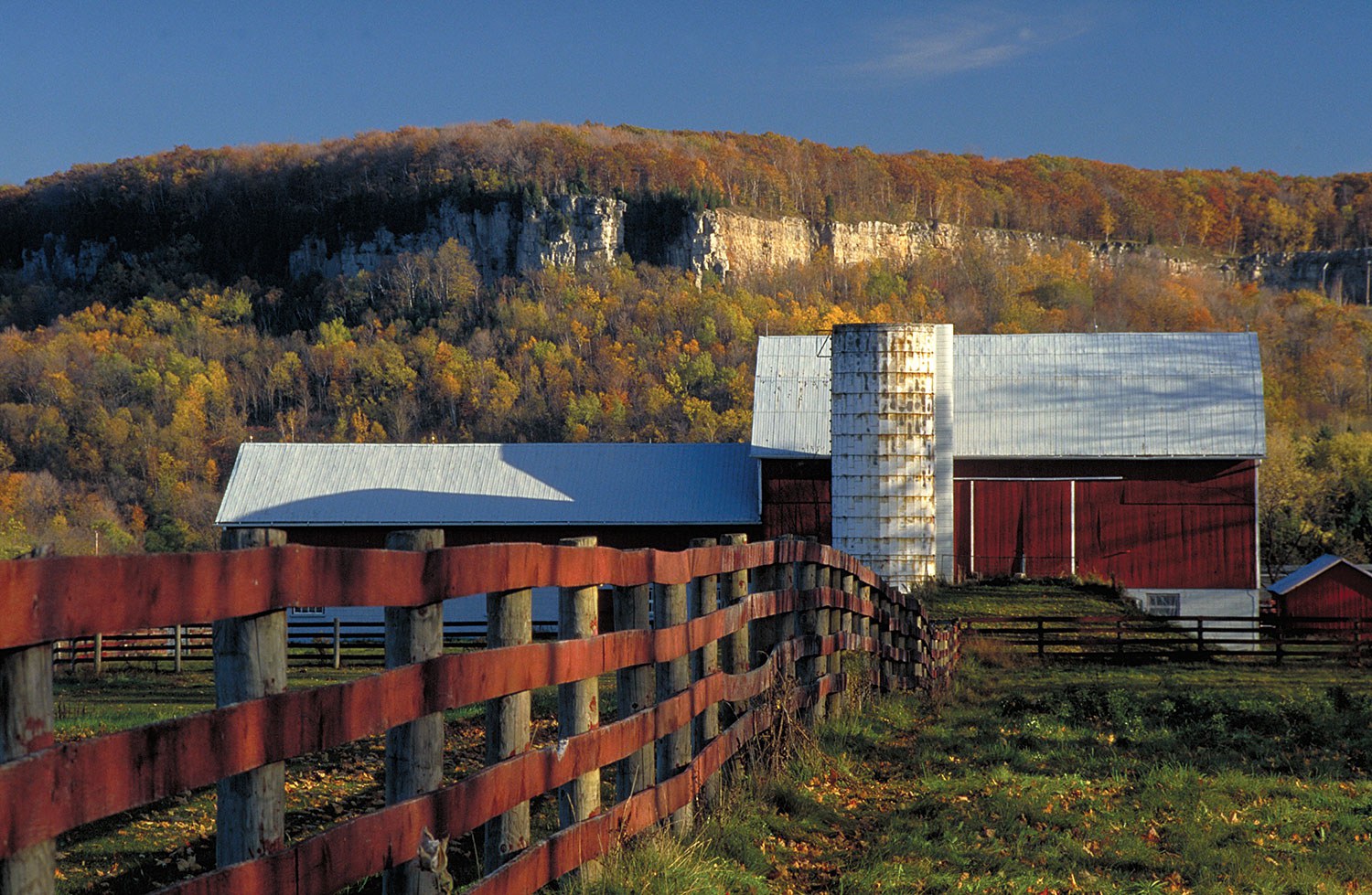

Browse by category
- Adaptive reuse
- Archaeology
- Arts and creativity
- Black heritage
- Buildings and architecture
- Communication
- Community
- Cultural landscapes
- Cultural objects
- Design
- Economics of heritage
- Environment
- Expanding the narrative
- Food
- Francophone heritage
- Indigenous heritage
- Intangible heritage
- Medical heritage
- Military heritage
- MyOntario
- Natural heritage
- Sport heritage
- Tools for conservation
- Women's heritage
Cultural landscapes, the Métis way of life and traditional knowledge
While the term cultural landscape is not commonly used when discussing Métis land use, it is a concept that Dr. Brian Tucker, who holds a PhD in Ecology from the University of Alberta, works with on a daily basis as the Associate Director of Education and Way of Life with the Métis Nation of Ontario.
Métis Nation of Ontario. Tucker says, “We can think of cultural landscapes as areas where Métis people have practised and continue to practise our traditional way of life and from where our traditional knowledge about that way of life is anchored.” Tucker’s interest in cultural landscapes is not just professional and academic, but also a key element of his Métis identity and that of his Métis community in the Fort Frances/Rainy Lake area.
Like most of the Métis communities in Ontario, the one around Fort Frances/Rainy Lake formed along a key fur trade route during the 1700s and 1800s. Métis cultural landscapes were not limited to the physical locations where buildings were constructed, but included the areas where Métis people harvested both animals and plants by gathering, hunting, fishing and trapping. Métis harvesters would travel on land and water where they would mark trails, use portages and water routes, and frequent specific places for harvesting, occupancy, ceremony and family gatherings. “While their activities were subtle and did not dramatically alter their environment,” Tucker says, “there absolutely was an integration of people and place. It’s an integration that was very real and meaningful to my Métis ancestors, and it continues to be very real today.”
Agnes and Ed George, members of the Métis community around Fort Frances, with their children in the 1940s near Rainy Lake.
Métis people harvest for food, medicine, building supplies and income – and there is a spiritual connection to the land and water. “Many Métis today have what we call traditional knowledge,” says Tucker. “This is information passed on from our ancestors, mostly through oral history, on how to live our traditional way of life and how to properly interact with our cultural landscapes.”
Like many Métis people across Ontario, Tucker and his family are keepers of some of this traditional knowledge. They have been harvesting on the shores and on the water of Rainy Lake near Fort Frances for generations. Tucker adds, “We still get our food from the same places as our ancestors, and we are connected to this place by our stories and memories. If you visit any Métis community in Ontario, you will find we all have places like that. The stories are an important part of our Métis identity and represent a very tangible connection to the land.”
For Métis people, cultural landscapes are very much alive and contemporary, not relics of a bygone era. They are a living connection between past, present and future. “My father and his father and his father before him and so on were connected to this land. Today, my children and I follow the same trails and paddle the same waters as they did,” Tucker poignantly observes, “it is an important part of my Métis identity.”


























